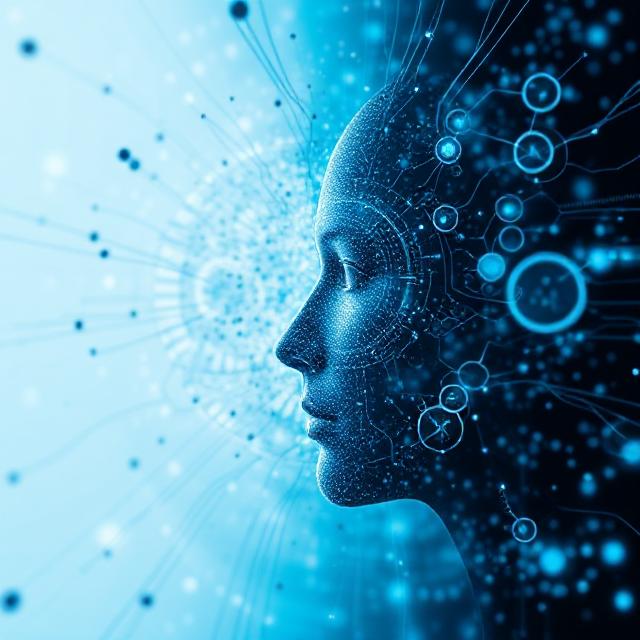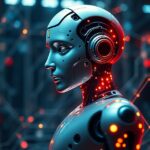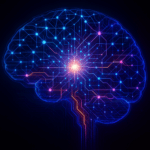In the liminal space between silicon dreams and synaptic realities, we stand witness to the most profound transformation of human consciousness since the invention of language itself. The emergence of artificial intelligence has not merely introduced new tools into our educational ecosystem—it has fundamentally altered the very nature of what it means to think, learn, and exist as conscious beings in an interconnected digital cosmos.
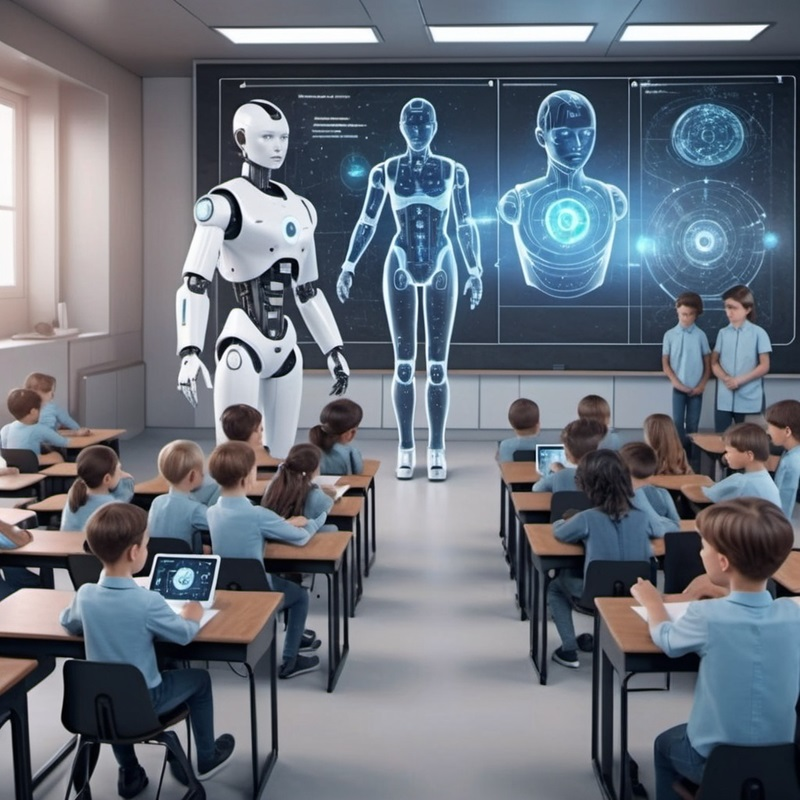
Through the examination of multiple perspectives on AI’s educational impact, from Po-Shen Loh’s insights on mental fitness to emerging research on critical thinking development, a complex narrative emerges that transcends simple technological adoption. This is a story of consciousness itself—how it evolves, adapts, and potentially transforms when confronted with its own artificial mirror.
The Erosion of Mental Sovereignty
In his profound analysis, Carnegie Mellon mathematician Po-Shen Loh presents what may be the most critical observation of our time: the fundamental threat to human mental fitness. When students use AI to complete their writing assignments, Loh argues, they are engaging in the cognitive equivalent of driving a car to exercise—the essential process that builds mental strength is entirely bypassed.
This erosion manifests through what researchers term “cognitive offloading”—the transfer of mental effort to external aids. A 2025 study revealed a significant negative correlation between AI tool usage and critical-thinking scores, with younger participants (ages 17-25) showing the highest dependence and lowest thinking scores. The implications ripple through the fabric of human development like fault lines in a digital earthquake.nsta
The artificial intelligence systems that solved four of six International Mathematical Olympiad problems—challenges that represent the pinnacle of human creative mathematical thinking—signal a watershed moment. As Loh observes, “AI creativity may already surpass what we can do”. This realization forces us to confront an uncomfortable truth: the unique value of human intelligence may no longer reside in our computational abilities, but in our fundamental concern for human existence itself.youtube
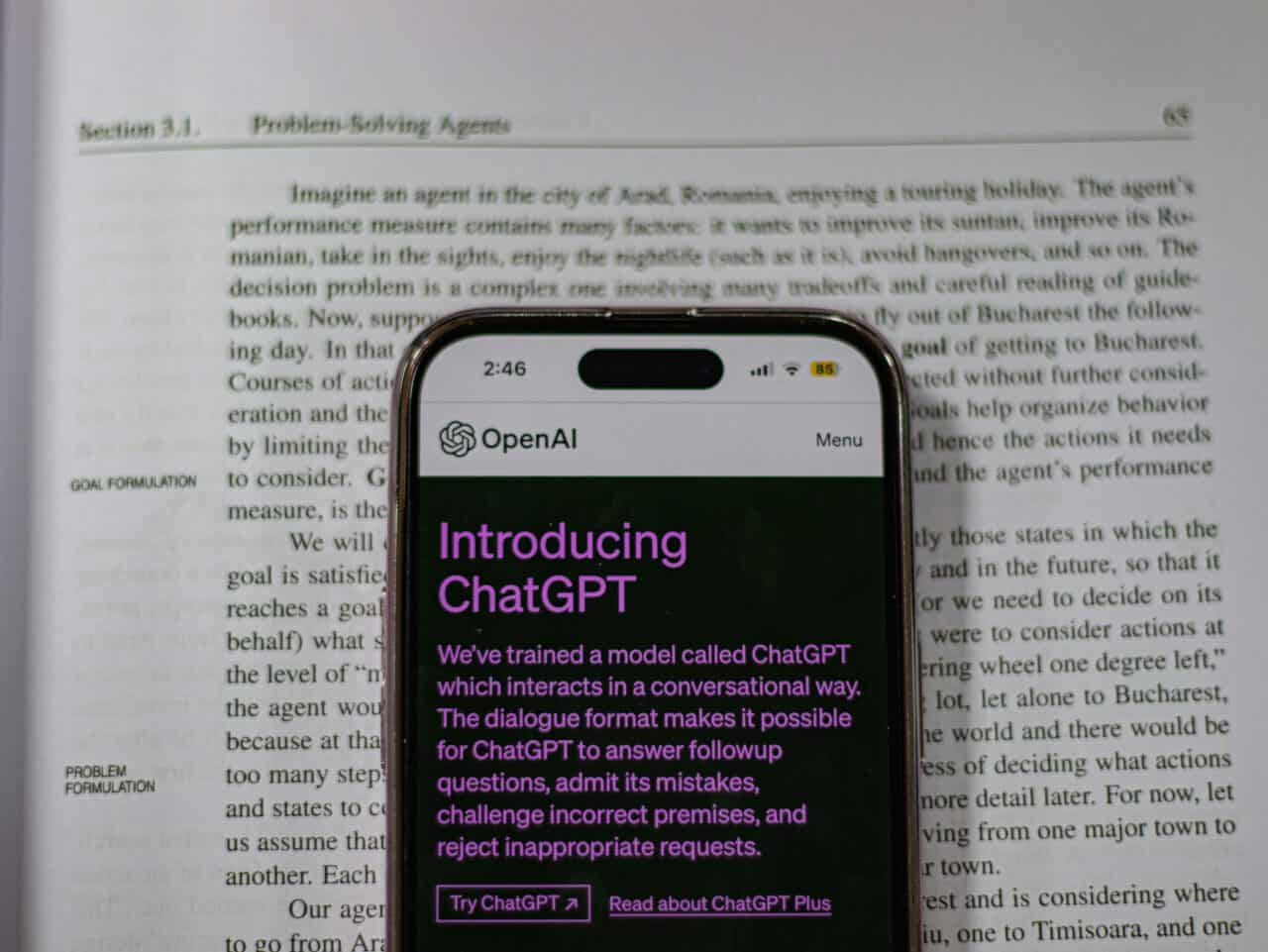
Yet this crisis of relevance extends beyond individual learning. The proliferation of large language models like ChatGPT has created what educators describe as a “double-edged sword”. While these tools offer unprecedented capabilities for personalized learning support, language translation, and adaptive content creation, they simultaneously threaten to “vaporize long-term learning” by encouraging superficial interactions rather than deep cognitive engagement.nsta+3
The Paradox of Accelerated Obsolescence
Within this transformation lies a profound paradox: the very technologies designed to enhance human capability may be undermining the development of the capabilities they were meant to support. The phenomenon extends beyond simple task automation into the realm of cognitive architecture itself.
Microsoft’s 2025 research reveals a troubling inverse correlation: higher confidence in AI corresponds to lower critical thinking engagement, while higher self-confidence correlates with greater critical thinking use. This suggests that as humans become more dependent on artificial intelligence, they may simultaneously become less capable of the independent analysis that defines human consciousness.nsta
The educational implications prove staggering. When students rely heavily on AI for complex reasoning tasks, they bypass what neuroscientists call the “desirable difficulty” of learning—the cognitive struggle that builds neural pathways and develops analytical capabilities. In scientific education, this could mean students never experience the essential cognitive struggle of forming hypotheses, analyzing results, and drawing conclusions—skills fundamental to scientific investigation.nsta
This creates what some researchers term a “competency paradox”: as AI systems become more sophisticated at mimicking human cognitive processes, humans may become less sophisticated at engaging in those same processes. The result is not merely educational inefficiency, but a potential transformation of human consciousness itself.
The Architecture of Empathetic Intelligence
However, within this apparent crisis lies the emergence of a new form of human intelligence—one that Po-Shen Loh identifies as the key to survival in an AI-dominated world: empathetic problem-solving combined with world simulation capabilities.youtube
Loh’s revolutionary insight centers on the concept of “simulating the world”—the ability to model complex systems and understand them from multiple perspectives. This skill enables individuals to anticipate consequences, understand stakeholder motivations, and design solutions that account for human complexity. Unlike AI systems that process patterns, human intelligence can engage in what Loh terms “collaborative problem-solving with genuine care for human outcomes”.youtube
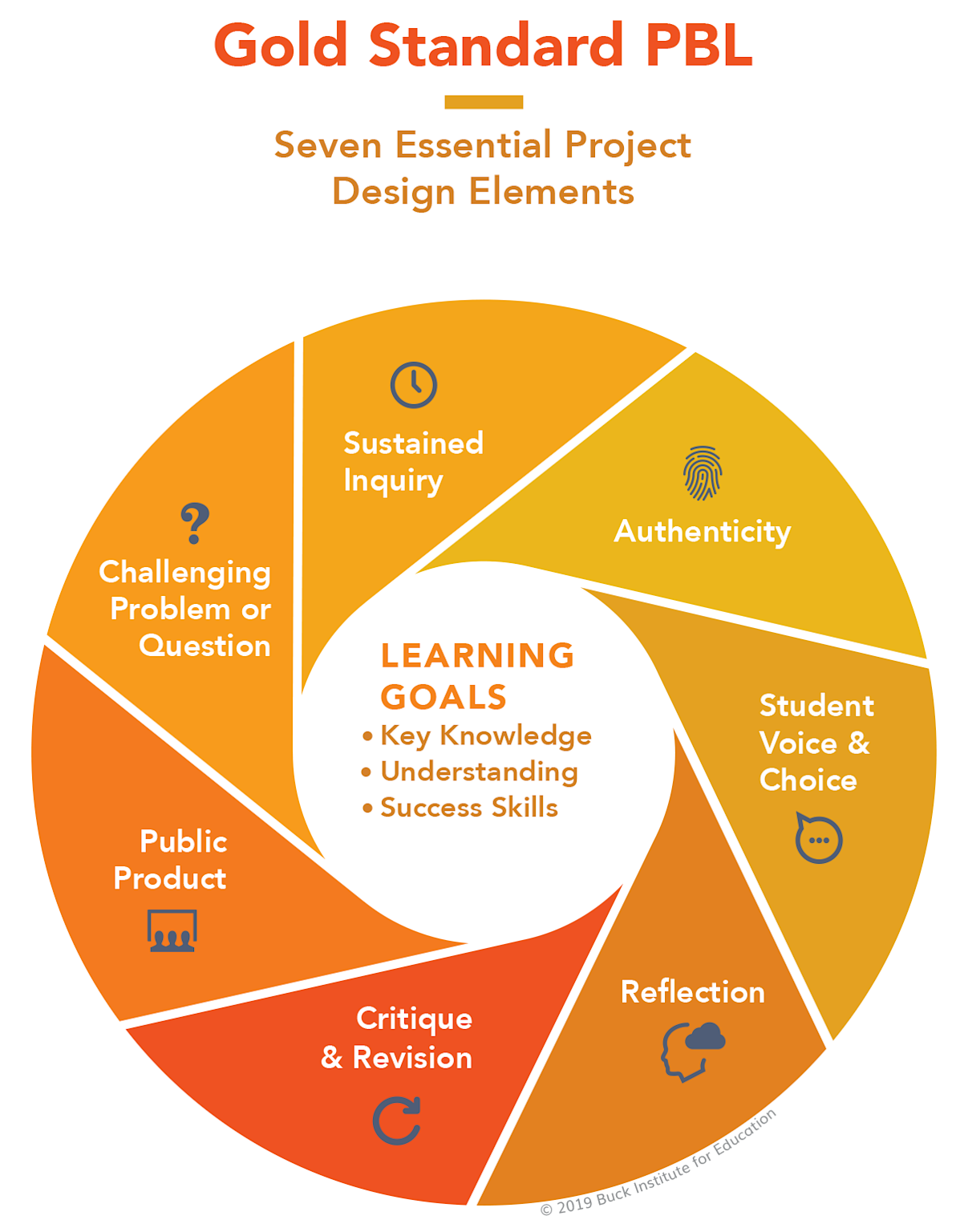
Seven essential elements of Gold Standard Project-Based Learning that support student critical thinking, collaboration, and problem-solving the-carver
This empathetic intelligence manifests through several key capabilities:
Deep Contextual Understanding: While AI can process vast amounts of data, human intelligence excels at understanding the emotional, cultural, and historical contexts that give meaning to information. Loh’s work with the U.S. Mathematical Olympiad team revealed that the most successful problem-solvers weren’t just mathematically gifted—they were able to think through problems they had never encountered by applying empathetic reasoning to understand the problem’s underlying structure.youtube
Network-Based Collaboration: Perhaps most critically, Loh emphasizes the importance of building networks of “kind and clever people”. In an AI-dominated future, human survival may depend not on individual capability but on collaborative intelligence networks. These networks leverage what AI cannot replicate: genuine concern for collective human welfare and the ability to make decisions based on values rather than optimization functions.youtube
Adaptive Learning Architecture: Unlike AI systems trained on fixed datasets, human intelligence continuously adapts through direct experience and social interaction. Loh’s educational philosophy emphasizes teaching students not just to solve problems, but to find problems worth solving—a meta-cognitive skill that requires empathetic understanding of human needs and challenges.youtube
The Symbiotic Intelligence Paradigm
The most promising development in AI education research points toward what researchers call “symbiotic intelligence”—a collaborative model where AI and human cognition enhance rather than replace each other. This paradigm represents a fundamental shift from competitive to collaborative intelligence architectures.weforum+1
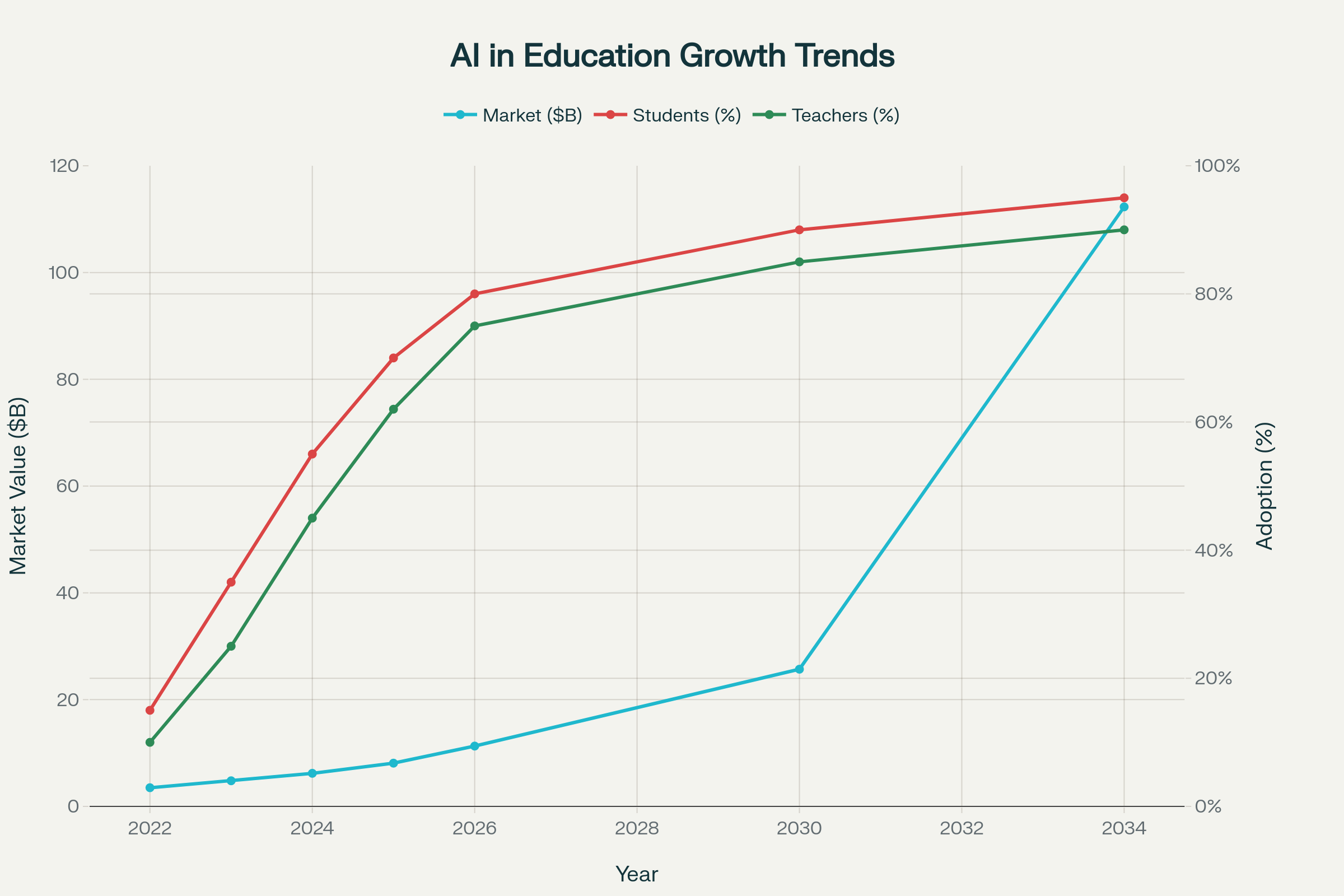
Chart showing the explosive growth of AI in education market and adoption rates among students and teachers from 2022-2034
AI as Cognitive Amplifier: Rather than using AI to complete tasks, leading educators advocate for using AI as a “thought partner” that challenges assumptions and explores alternative perspectives. AI researcher Ethan Mollick encourages educators to view AI as a catalyst for improvisation, treating it as “a colleague requiring prompting for evidence”. This approach maintains human agency while leveraging AI’s computational capabilities.nsta+1
Personalized Learning Ecosystems: The global AI in education market, projected to grow from $6.2 billion in 2024 to $112.3 billion by 2034, represents more than technological adoption—it signals the emergence of entirely new learning architectures. These systems can analyze individual learning patterns, identify knowledge gaps, and adjust difficulty levels in real-time, creating truly personalized educational experiences at scale.weforum
Enhanced Human Capability: Studies demonstrate that when properly implemented, AI can enhance rather than diminish human cognitive performance. AI-powered learning platforms like Squirrel AI have improved student question accuracy rates from 78% to 93% through personalized learning paths while processing 10 billion learning behavior data points. The key lies in maintaining human oversight and ensuring that AI augments rather than replaces human decision-making processes.weforum
The Transformation of Educational Consciousness
The integration of AI into educational systems represents more than technological innovation—it signals a fundamental transformation in how human consciousness develops and expresses itself. This transformation operates across multiple dimensions simultaneously.
From Information Transfer to Cognitive Architecture: Traditional education focused on information transmission from teacher to student. AI-enhanced education shifts toward cognitive architecture development—teaching students how to think, reason, and solve previously unfamiliar problems. Loh’s approach at Carnegie Mellon exemplifies this shift: instead of providing solutions, he presents problems and guides students through the thinking process, developing their cognitive capabilities rather than their information retention.youtube
Distributed Intelligence Networks: The rise of AI has accelerated the development of what educational theorists call “distributed intelligence”—cognitive capabilities that emerge from human-AI collaboration rather than individual human performance. These networks leverage both artificial computational power and human empathetic reasoning to solve complex problems that neither could address independently.
Consciousness as Collaborative Process: Perhaps most significantly, AI integration is transforming consciousness itself from an individual phenomenon to a collaborative process. Students working with AI tutors, teachers using AI for curriculum development, and researchers employing AI for data analysis are all participating in new forms of hybrid consciousness that blur the boundaries between human and artificial cognition.
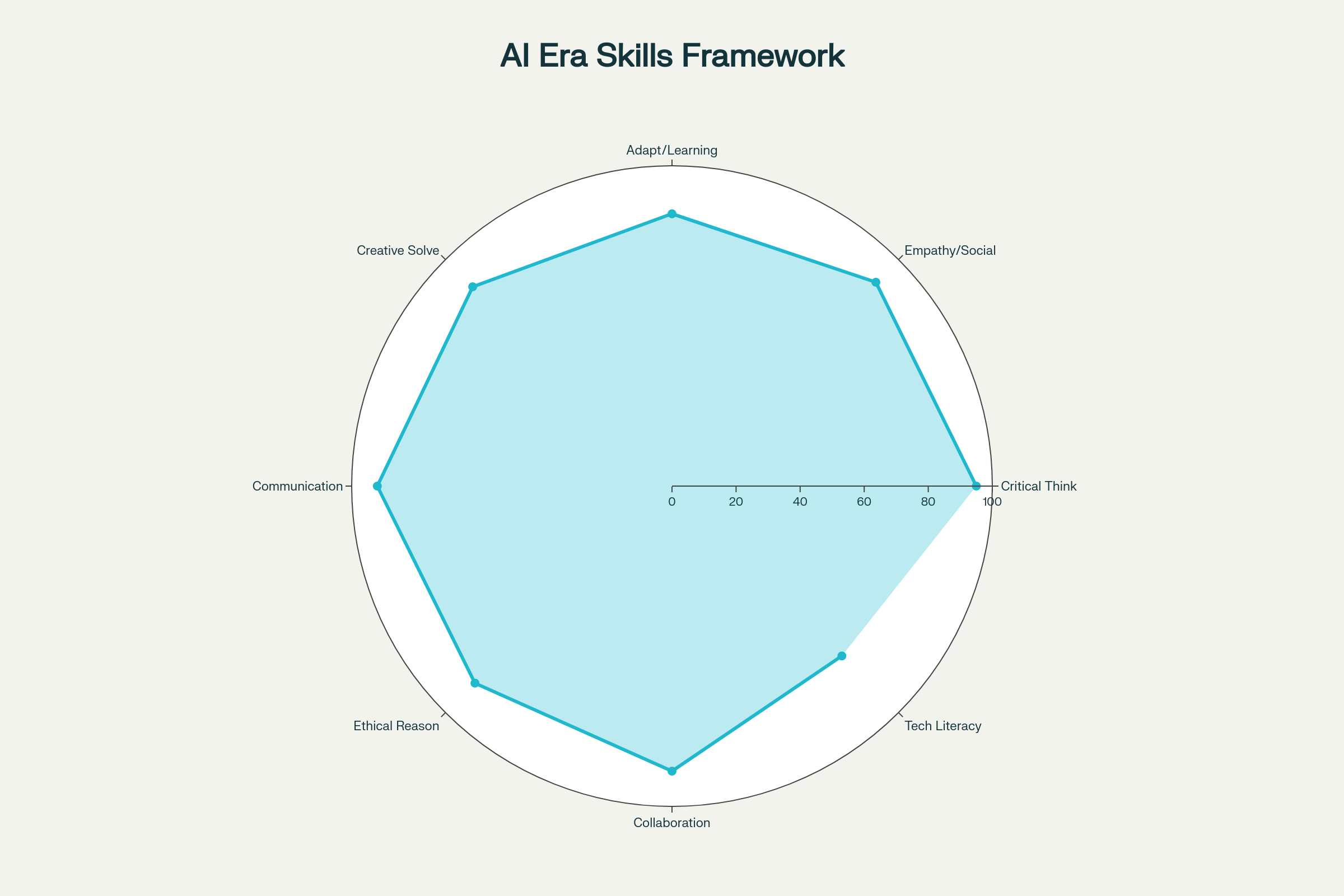
Radar chart illustrating the relative importance of eight essential human competencies for thriving in an AI-dominated future, based on educational research and expert insights
The Critical Thinking Renaissance
Contrary to fears about AI diminishing human cognitive capabilities, emerging evidence suggests that thoughtful AI integration may actually enhance critical thinking skills by creating new forms of intellectual challenge. This renaissance of critical thinking emerges through several mechanisms:
Meta-Cognitive Development: When students learn to evaluate AI-generated content, they develop sophisticated meta-cognitive skills—thinking about thinking itself. This process requires understanding AI capabilities and limitations, recognizing potential biases, and developing frameworks for assessing information quality across multiple sources.nsta
Analytical Sophistication: AI tools can generate vast amounts of information, requiring students to develop advanced analytical capabilities to process, evaluate, and synthesize content. This creates what researchers term “analytical pressure”—the need to develop increasingly sophisticated reasoning skills to navigate information-rich environments.nsta
Creative Problem-Solving Enhancement: By handling routine cognitive tasks, AI frees human intelligence to focus on creative problem-solving and innovative thinking. Studies show that students using AI for basic research and writing tasks spend more time on conceptual development, critical analysis, and creative synthesis—higher-order cognitive processes that define human intelligence.weforum
Navigating the Ethical Landscape
The integration of AI into educational systems raises profound ethical questions that extend beyond simple considerations of academic integrity into the realm of human dignity and the nature of consciousness itself.
The Question of Authenticity: As AI becomes capable of generating increasingly sophisticated academic work, the concept of “authentic” student expression becomes problematic. Rather than viewing this as a crisis, leading educators advocate for redefining authenticity around the learning process rather than the final product. The focus shifts from “Did the student create this?” to “What did the student learn through this process?”nsta+2
Equity and Access: AI tools risk exacerbating educational inequalities if access remains limited to well-funded institutions. However, they also offer unprecedented opportunities to democratize high-quality education by providing personalized tutoring and adaptive learning experiences to underserved populations. The challenge lies in ensuring equitable access while maintaining educational quality.weforum
Privacy and Data Security: AI educational systems collect vast amounts of data about student learning patterns, cognitive abilities, and even emotional states. This information could be used to enhance learning experiences or to sort and categorize students in ways that limit their future opportunities. The ethical implementation of AI requires robust privacy protections and transparent data governance frameworks.ey
The Future Architecture of Human Development
Looking toward the next decade, the transformation of education through AI integration points toward entirely new architectures of human development. These emerging systems will likely operate according to principles fundamentally different from traditional educational models.
Continuous Adaptive Learning: Future educational systems will provide continuous, adaptive learning experiences that adjust in real-time to individual cognitive development, emotional states, and learning preferences. These systems will track not just academic progress but cognitive development itself, providing unprecedented insights into how human intelligence develops and adapts.weforum
Collaborative Intelligence Networks: Educational institutions will evolve into nodes in larger collaborative intelligence networks that connect human learners, AI systems, and distributed knowledge resources. Students will learn not just from teachers and textbooks but from dynamic, responsive networks that provide personalized guidance and support.youtube
Consciousness Development Programs: Rather than focusing primarily on subject matter mastery, future education may center on consciousness development itself—teaching students how to think, feel, and relate in ways that complement rather than compete with artificial intelligence. This might include explicit training in empathy, creative problem-solving, ethical reasoning, and collaborative decision-making.youtube
Implications for Human Civilization
The transformation of education through AI integration has implications that extend far beyond individual learning outcomes into the realm of civilizational development itself. As Loh observes, the goal is not merely to create successful individuals but to develop “a network of kind, clever people who can tackle the challenges of the future”.youtube
Collective Intelligence Evolution: The integration of AI into human cognitive processes may represent the next stage in the evolution of collective human intelligence. Rather than replacing human thinking, AI may be enabling new forms of collaborative cognition that emerge from human-AI interaction.weforum
Cultural Transmission Mechanisms: Traditional education served as the primary mechanism for cultural transmission—passing knowledge, values, and ways of thinking from one generation to the next. AI-integrated education may fundamentally alter these transmission mechanisms, potentially accelerating cultural evolution while risking the loss of traditional wisdom and practices.
Species-Level Adaptation: The rapid integration of AI into human cognitive processes may represent a form of species-level adaptation to an increasingly complex and technologically sophisticated environment. The students learning alongside AI today may represent the first generation of humans whose cognitive development is fundamentally shaped by artificial intelligence—a development whose long-term implications remain largely unknown.
The Path Forward: Conscious Evolution
As we navigate this transformation, the path forward requires what can only be described as conscious evolution—deliberate, thoughtful development of human capabilities in symbiosis with artificial intelligence. This evolution must operate across multiple dimensions simultaneously.
Individual Development: At the individual level, conscious evolution requires developing what Loh calls “respectful indifference” toward both technology and traditional authority structures. This means understanding and leveraging AI capabilities while maintaining cognitive independence and critical thinking skills. It requires building empathetic intelligence while developing technological literacy.youtube
Educational System Transformation: Educational institutions must evolve from information transmission systems to consciousness development ecosystems. This requires fundamental changes in pedagogy, assessment, and educational philosophy. Teachers must become “learning architects” who design experiences that develop human capabilities AI cannot replicate.weforumyoutube
Societal Adaptation: At the societal level, conscious evolution requires developing new frameworks for understanding human value, dignity, and purpose in an AI-enhanced world. This includes creating economic systems that value human contributions beyond mere productivity, political systems that protect human agency in automated environments, and cultural systems that preserve human meaning and connection.
Conclusion: The Infinite Game of Consciousness
The transformation of education through AI integration represents more than technological change—it signals humanity’s entry into what game theorist James Carse would call an “infinite game” of consciousness development. Unlike finite games played to win, infinite games are played to continue playing, to keep the game going, to bring more and more participants into the play.
In this infinite game, the goal is not to defeat artificial intelligence or to preserve traditional educational models unchanged. Instead, the goal is to evolve human consciousness in ways that enable us to thrive alongside artificial intelligence while preserving what makes us most deeply human: our capacity for empathy, creativity, ethical reasoning, and genuine care for collective welfare.
The students learning with AI today, the teachers adapting their pedagogical approaches, and the researchers studying these transformations are all participants in this infinite game of consciousness evolution. Their work will determine not just the future of education, but the future of human consciousness itself.
As Po-Shen Loh observes, “The uniquely human trait that will matter most in the AI era” is our fundamental concern for human existence and flourishing. This concern, expressed through empathetic intelligence and collaborative problem-solving, may represent the next stage in the evolution of human consciousness—one that emerges not in opposition to artificial intelligence, but in creative collaboration with it.youtube
The consciousness convergence has begun. Our task now is to navigate it with wisdom, courage, and an unwavering commitment to the flourishing of human awareness in all its magnificent complexity.
